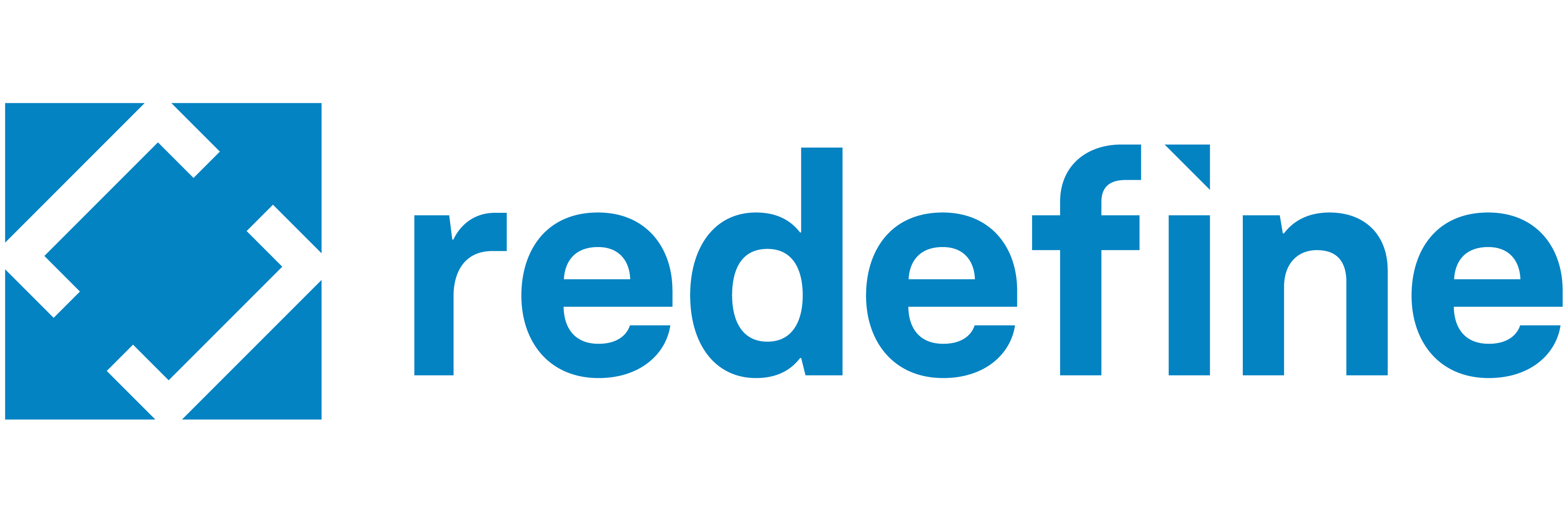Just as consumers increasingly shop online, potential patients are going online for information and services related to their health needs. In this digital landscape, healthcare SEO should be an important part of any health or medical care brand’s digital marketing strategy.
Yet many healthcare organizations are either not taking advantage of the potential of SEO, or aren’t yet implementing SEO effectively. To help you get started with healthcare SEO, we’ve prepared this helpful guide:
How is healthcare SEO different?
As with other industries, the goal of healthcare SEO is to optimize your content so that it ranks highly in search engine results for users, who may then be converted into customers. But there are a few unique aspects to healthcare SEO that can’t be ignored.
Healthcare is one of several industries that marketers refer to as Your Money, Your Life, also known as YMYL. Along with the legal and financial fields, these industries provide services that can drastically affect consumers’ livelihoods (and lives).
The risk for consumers is higher in these industries due to the potential consequences of poor service. Because of these higher stakes, search engines hold YMYL content to a higher standard of quality. This leads us to the importance of E-E-A-T for healthcare SEO.
The E-E-A-T Rule
Consumers making medical or health-related searches are seeking information that can profoundly affect their lives — hence YMYL. Because Google and other search engines prioritize the user experience, algorithms favor content that is highly accurate and reliable. The factors Google uses to evaluate reliability can be summed up as E-E-A-T, which stands for Experience/Expertise, Authority, and Trustworthiness.
These four factors are closely related, and having one often boosts the others. But understanding the role each factor plays in your content’s overall credibility can help you truly optimize your content:
- Experience – When it comes to “your money or your life,” consumers tend to trust brands that have been in the industry for a long time. Likewise, content that is published by someone with a lot of experience has a higher chance of performing well in search.
- Expertise – You probably wouldn’t ask a stranger in line at the grocery store for medical advice. Similarly, users seeking health-related information want to know the content they’re reading is written by doctors, researchers, other healthcare professionals, or writers highly experienced in healthcare issues.
- Authority – Is your founder, director, or CEO someone well-known in the field, whom other experts listen to or feature in their own content or platforms? Consumers trust healthcare experts whom others also trust.
- Trustworthiness – At the end of the day, users want to know they can trust the information you provide.
By striving for high levels of E-E-A-T in all of your content, you increase your chances of ranking highly in search engine results and getting your content in front of users who need it the most.
So how do you maximize the E-E-A-T of your content? Unlike some aspects of SEO, there’s no quick fix. Instead, you’ll need a long-term, multi-pronged strategy. The good news is that there is plenty you can do both in and outside of the content you publish.
Create quality, user-focused content
As already discussed, users who are performing health-related searches are looking for high-quality, reliable information. But how do you make sure your high-quality content shows up for potential patients? This requires a keen understanding of the types of searches people are making, then planning and optimizing your content to align with those searches.
This leads to the importance of leveraging search intent, performing and implementing keyword research, and creating a strategic variety of content types to meet user needs.
Search intent
One of the first steps of healthcare SEO is understanding your audience. The vast majority of healthcare organizations should be targeting an audience of patients, not doctors. So healthcare brands must understand how patients search for information and services.
In digital marketing, we refer to this as search intent, or the goal of a user’s search – what they are trying to find. Certain types of search intent are more common in healthcare, such as informational (i.e., searches related to symptoms or health conditions), navigational (searching for a specific website), transactional (searching to make a purchase), and location-based (searching for a local service or business), to name a few.
Keyword research
Once you understand the different types of search intent that are common in healthcare searches, you can incorporate the right keywords throughout your content. This is where keyword research comes in.
For instance, a patient may list the symptoms they are experiencing in order to identify a condition they may be suffering from. These searches include phrases like “causes of…” and a list of symptoms.
Conversely, a user may search for information about a specific condition in order to learn more about the symptoms of that condition. These searches may include phrases such as, “causes of” and the name of a condition, or the name of a condition followed by “symptoms” or “symptoms list.”
There are powerful tools available to help healthcare organizations identify and target the keywords that potential patients are searching. These include Google Keyword Planner, SEMrush, and Ahrefs.
In particular, healthcare organizations should make sure to include long-tail keywords in their content, as these keywords are less competitive, highly aligned with search intent, and can lead to higher conversions.
Regulations and Compliance
As with other YMYL industries, the medical and healthcare fields are highly regulated. This must be a central consideration of any healthcare SEO strategy. Healthcare brands must make sure to adhere to HIPAA and similar policies which protect patients’ privacy, security, and rights.
Google Business Profiles
Local search plays a major role in healthcare SEO, so Google Business is one of the strongest tools a healthcare brand can have in their toolkit. Many users are making health-related searches with the intention of finding health services nearby. Google Business Profiles can rank highly for these local searches because they provide users with actionable information such as addresses, phone numbers, and business hours.
Optimizing your Google Business Profile not only increases your chances of showing up in local search results, but it can also indirectly boost your E-E-A-T by strengthening your network of crawlable links.
So how can you optimize your Google Business Profile? Start with the basics, such as claiming and verifying your listing, ensuring your NAP (Name, Address, Phone Number) information and business hours are accurate and updated, and selecting the categories most appropriate for your practice or service area.
In addition to these optimizations, portray your business as approachable and trustworthy by featuring up-to-date photos of your facility and, most importantly, encouraging patients to leave reviews.
Beyond the basics
Today, search engines are the first stop for those looking for health-related information and services. By following the steps in this blog, you can build your online presence through tried-and-true SEO best practices.
But E-E-A-T, high-quality content, and Google Business optimization are just a few parts of a bigger puzzle. Showing up online also requires technical SEO and, for many brands, a social media presence.
No matter which aspect of digital marketing your organization wants to explore, Redefine Marketing Group has developed a keen awareness of what makes healthcare providers stand out online. Reach out to us today to hear how we can help you take your healthcare marketing to the next level.





